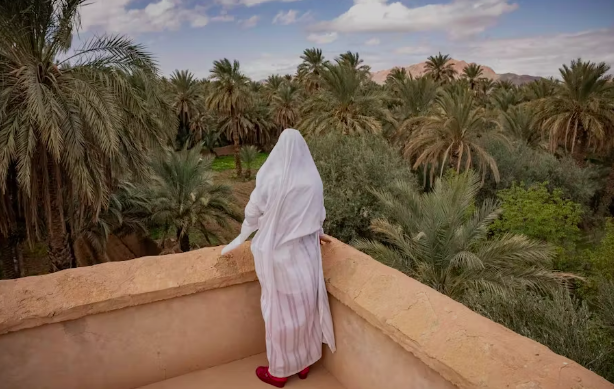Underemployment and low-skilled work are among key characteristics of female employment in Morocco where the integration of women into the labor market is a chronic difficulty for policymakers.
The labor force participation rate of women, in Morocco, is significantly regressing over the past 20 years. The International Labor Organization data shows a significant slump in the labor force participation of Moroccan female, with this rate decreasing from 24.7% in 1990 to 23.47% in 2019. In other words, around 75 percent of Moroccan women are neither in the labor force nor looking for work. On the other hand, this same ratio has been nearly unchanged for the Moroccan male population over the years with an average rate of 79%. Both these rates explain how Morocco ‘s female to male labor participation ratio remains one of the lowest in the world at 33.37% as of 2021.
The low participation of women in the labour market can be explained by a set of obstacles from gender norms, the legal framework to the structure of the economy and of the labour market. Actually, the limitations on female demand for employment is believed to be hugely attributed to the traditional view of women’s work that excludes them from the workforce as they are expected to fulfill other social roles such as getting married and taking care of the household. However, it is also important to note and investigate the limited access to education for female students especially in rural and excluded areas in Morocco.
Aware of the important role of women as a key player in Morocco’s economic growth, the Kingdom has put in place a range of institutional and societal reforms to guarantee to the female population broader rights and to also promote their emancipation and contribution to the country’s development. However, these measures are not sufficient and their impact shies out from the promised objectives to place moroccan women as a corner stone of the country’s ongoing development. The quantitative presence of Moroccan female on the labor force is still very low, hence long- term reforms are called for to enhace women’s education and participation in the economy . It is worth mention that a significant economic cost is beared by the country due to the gender gap created from human capital diparities. Hence, a first step to capture the gains of better gender equality is to increase the rate of women enrollment in schools and limit female drop-outs all while provide financial and social support for women to remain an active part of the country’s economy.
The benefits of increasing women’s participation in the labor force are clear, both at the macroeconomic level, where it would improve the country’s productive capacity and sustain growth, and at the microeconomic level, where it would lead to greater social recognition of women. While many women are challenged to reconcile family and professional life, Moroccan women need to be supported, to be accompanied and above all to be reassured by a set of laws and initiatives that would guarantee for them similar opportunities as their male counterparts in today’s Morocco where female economic activity is key to the development of the country.

0 Comments